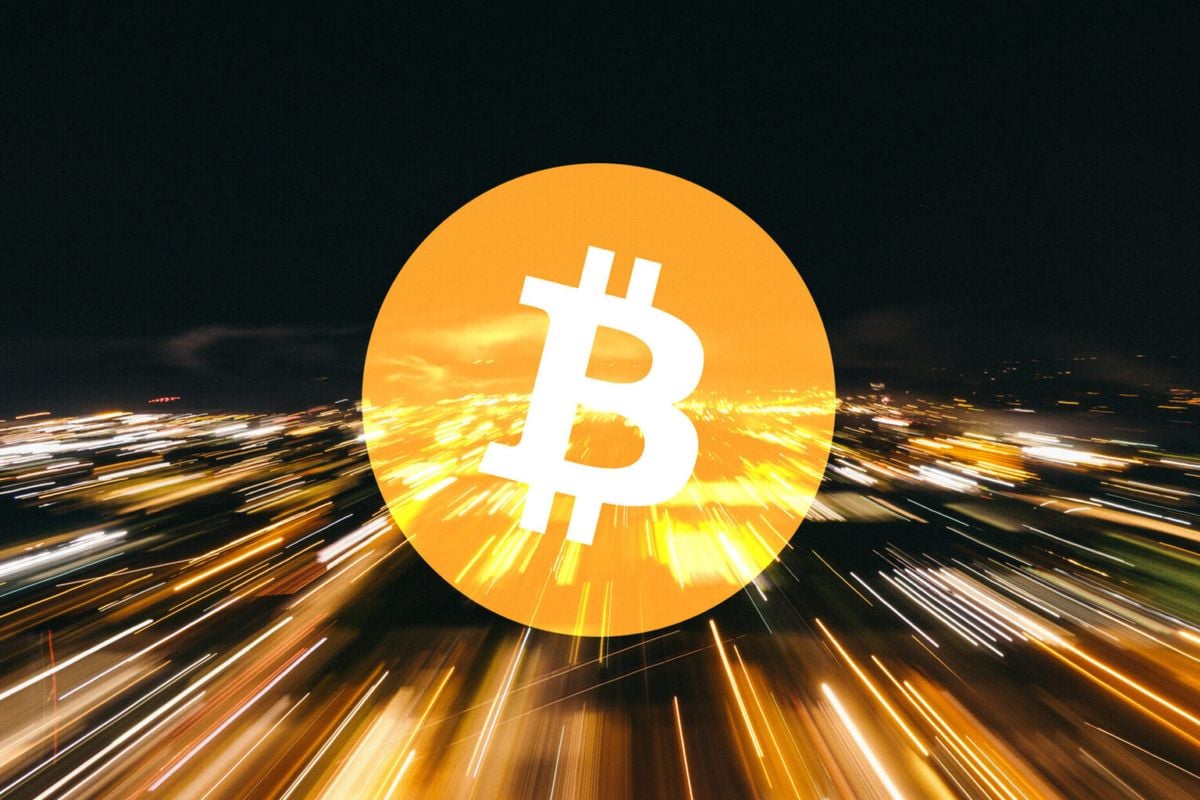
The lightning network emerged as a promising solution to bitcoin’s scalability problems, offering faster transactions, lower fees, and a greater capacity for transactions per second. This innovative approach generated a lot of interest and seemed to herald a new era in Bitcoin use, with an increasing number of users and traders turning to Bitcoin for everyday transactions. However, as the technology became more embraced, several major challenges emerged, highlighting the complexity of achieving true scalability. But what exactly are these problems?
Barriers to Bitcoin Scalability
Issues such as liquidity constraints, the complexity of channel management, security concerns and the need for continuous monitoring began to undermine the initial enthusiasm. These challenges posed significant barriers to network scalability, despite the potential benefits. Furthermore, security became an extremely important issue with the expansion of the Bitcoin Lightning Network.
The requirement to be constantly online, along with the vulnerabilities associated with managing private keys, increased the risk of funds being stolen through compromised nodes.
Furthermore, Antoine Riard, one of the developers of the lightning network, has exposed a security vulnerability known as ‘replacement cycle attacks’, which poses a major risk to the integrity of transactions.
These vulnerabilities make it clear that the lightning network must be only part of the broader solution to bitcoin’s scalability challenges.
Centralization goes against the core of bitcoin
Recently, a debate has arisen about the risks of centralization associated with the lightning network, raising concerns about its impact on the decentralized nature of bitcoin transactions. Critics argue that this solution to scaling could undermine the core principles of decentralization, forcing a rethink of the balance between efficiency and crypto’s core decentralization values.
Source: https://bitcoinmagazine.nl/nieuws/bitcoin-schaalbaarheidsproblemen-lightning-netwerk-oplossing


